D-CAP (Vitamin D)
₨750
Goodness of Sun in a capsule
- Boosts Immune Health
- Helps Maintain Normal Levels of Vitamin D
- Improves muscle movements
- Increases Calcium absorption to strengthen bones
- Improve overall strength
- Description
- Reviews (0)
Description
COMPOSITION:
D-CAP Each capsule contains Vitamin D (Cholecalciferol from natural origin) 50000 I.U
USP Specifications.
DESCRIPTION:
Vitamin D is a nutrient found in some foods that is needed for health and to maintain strong bones. It helps the body to absorb Calcium (one of bone’s main building blocks) from food and supplements. People who get too little Vitamin D may develop soft, thin and brittle bones, a condition known as rickets in children and osteomalacia in adults. Vitamins D is important for body in many ways for example muscles need it to move, nerves need it to carry messages between the brain and every body part, and the immune system needs Vitamin D to fight off invading bacteria and viruses. Together with Calcium, Vitamin D also helps protect older adults from osteoporosis. Vitamin D is found in cells throughout the body.
CLINICAL PHARMACOLOGY:
Vitamin D is a fat-soluble Vitamin that acts as a Steroid hormone. The body makes Vitamin D from Cholesterol through a process triggered by the action of the sun’s ultraviolet B rays on the skin. Factors such as skin color, age, amount and time of sun exposure, and geographic location affect how much Vitamin D the body makes. Vitamin D influences the bones, intestines, immune and cardiovascular systems, pancreas, muscles, brain, and the control of cell cycles. Its primary functions are to maintain normal blood concentrations of Calcium and Phosphorus and to support bone health. Vitamin D undergoes two hydroxylations in the body for activation. Calcitriol (1, 25-dihydroxyvitamin D3), the active form of Vitamin D, has a half-life of about 15 hours, while Calcidiol (25-hydroxyvitamin D3) has a half-life of about 15 days. Vitamin D binds to receptors located throughout the body. Vitamin D functions by stimulating intestinal Calcium and Phosphorus absorption by stimulating bone Calcium mobilization, and by increasing renal reabsorption of Calcium in the distal tubule. As a result of these functions, serum Calcium and Phosphorus concentrations are elevated to supersaturating levels required for the mineralization of bone to prevent rickets, osteomalacia and hypocalcemic tetany. Recent experiments demonstrate that maintaining serum Calcium and Phosphorus levels in Vitamin D deficient rats in the normal range results in normal bone growth and mineralization. However, increased calcification results because bone resorption by osteoclasts is a Vitamin D dependent process.
Pharmacokinetics:
Absorption
Vitamin D3 is absorbed in the small intestine.
Protein Binding: 50% to 80%
Distribution & Metabolism Cholecalciferol and its metabolites circulate in the blood bound to a specific globulin. Cholecalciferol is converted in the liver by hydroxylation to the active form 25-hydroxycholecalciferol. It is further converted in the kidneys to 1,25 hydroxycholecalciferols (the metabolite responsible for increasing calcium absorption). Vitamin D which is not metabolised is stored in adipose and muscle tissues. Vitamin D must be metabolized to 25-OH-D3 or Calcidiol in the liver and subsequently to 1,25-(OH)2D3 (calcitriol) in the kidney to produce its physiological actions. Calcitriol stimulates Calcium and Phosphorus transport reactions in the small intestine and together with Parathyroid hormone stimulates Calcium transport reactions in bone and kidney. In the small intestine calcitriol brings about its response in a complex manner. It provides a very rapid response on existing villus cells, causing a rise in Calcium transport within 6 h post administration. This transport response subsides by 18 h, and a second response makes its appearance at 24-48 h. This second response is likely to be an action on crypt cells which then migrate into the villus region and bring about Calcium transport. The molecular mechanism of Calcium transport in the villus cells has been examined. Calcitriol localizes specifically in the nucleus within 0.5 h post administration, and it does not localize in any of the other cell fractions. A receptor has been discovered for Calcitriol, and interaction with this receptor is required for Calcitriol to bring about its action in stimulating Calcium transport. It is therefore believed that Calcitriol, together with receptor, binds to specific portions of nuclear DNA to bring about transcription of specific genes that code for Calcium and Phosphorus transport proteins. Only one protein induced by calcitriol has been described. It is the Calcium binding protein found in the cytoplasm. Exactly how it functions in Calcium transport is in debate, although the time sequence of its appearance appears to be consistent with a role in that system. It is likely that other gene products are induced by calcitriol, and they are currently being characterized. In the neonatal rat, active Calcium transport does not make its appearance until 14-16 days postpartum. The intestine is not sensitive to Vitamin D or Calcitriol prior to this time. This lack of sensitivity is because of the lack of a receptor for calcitriol. The receptor to Calcitriol can be precociously induced by hydrocortisone injections, or it can be delayed by adrenalectomy. Incubation of intestine from neonatal rat pups at 14 days postpartum with hydrocortisone brings about in vitro appearance of the receptor molecule. These results and results of studies involving genetic Vitamin D resistance strongly suggest that Calcitriol must function by interaction with the receptor, presumably by a nuclear mechanism, to bring about intestinal Calcium transport.
Excretion
Vitamin D is excreted in faeces and urine.
Pharmacodynamics
Vitamin D increases the intestinal absorption of Calcium. Vitamin D (Cholecalciferol) counteracts the increase of Parathyroid hormone (PTH), which is caused by Calcium deficiency and which causes increased bone resorption. A clinical study of institutionalized patients suffering from Vitamin D deficiency indicated that a daily intake of two tablets of Calcium 500 mg/Vitamin D 400 IU for six months normalized the value of the 25-hydroxylated metabolite of Vitamin D and reduced secondary hyperparathyroidism and alkaline phosphatases.
INDICATIONS:
For the treatment of Vitamin D deficiency or insufficiency, refractory rickets (Vitamin D resistant rickets), familial hypophosphatemia and hypoparathyroidism, and in the management of hypocalcemia and renal osteodystrophy in patients with chronic renal failure undergoing dialysis. Also used in conjunction with Calcium in the management and prevention of primary or corticosteroid induced osteoporosis.
DOSAGE:
As directed by the Doctor
CONTRAINDICATION:
No absolute contraindication.
DRUG INTERACTIONS:
Vitamin D analogs may enhance the adverse/toxic effect of other Vitamin D analogs. Avoid combined use of multiple Vitamin D analogs (at pharmacologic doses). Cholecalciferol and Ergocalciferol, each contains warnings regarding the potential for Vitamin D toxicity. Cholecalciferol may increase the serum concentration of aluminum hydroxide. Specifically, the absorption of aluminum may be increased, leading to increased serum Aluminum concentrations. Avoid chronic and/or excessive use of Aluminum and Aluminum containing products in patients who are also taking Vitamin D analogs.
Bile acid sequestrants such as Cholestyramine, Colestipol, Colesevelam may decrease the serum concentration of Cholecalciferol & may impair absorption of it. Avoid concomitant administration of Cholecalciferol and Bile Acid Sequestrants.
Cholecalciferol may increase the serum concentration of Sucralfate. Specifically, the absorption of Aluminum from Sucralfate may be increased, leading to an increase in the serum aluminum concentration.
Orlistat may decrease the serum concentration of Vitamin D analogs. More specifically, Orlistat may impair absorption of Vitamin D analogs such as Cholecalciferol.
OVER DOSAGE:
Following symptoms may occur: loss of appetite, excessive thirst, feeling sick (nausea), vomiting, constipation, abdominal pain, muscle weakness, fatigue, mental health problems, increased urine output and bone pain, seen within the first 48 hours of Cholecalciferol overdose are due to the direct effect of increased plasma Calcium concentrations on cells. These cellular effects include altered cell membrane permeability, altered Calcium pump activity, decreased cellular energy production and cellular necrosis. Specific organ effects include acute renal tubular necrosis, gastrointestinal stasis, increased gastric acid secretion, decreased skeletal muscle responsiveness and decreased neural tissue responsiveness.
Toxicity:
Hypercalcemia – Early symptoms of hypercalcemia include nausea and vomiting, weakness, headache, somnolence, dry mouth, constipation, metallic taste, muscle pain and bone pain. Late symptoms and signs of hypercalcemia include polyuria, polydipsia, anorexia, weight loss, nocturia, conjunctivitis, pancreatitis, photophobia, rhinorrhea, pruritis, hyperthermia, decreased libido, elevated BUN, albuminuria, hypercholesterolemia, elevated ALT (SGPT) and AST (SGOT), ectopic calcification, nephrocalcinosis, hypertension and cardiac arrhythmias.
STORAGE:
Store in a cool & dry place below 30 0C.
Protect from light, heat and moisture.
Keep out of reach of children.
PRESENTATION:
D-CAP capsule is available in blister packs of 30’s.

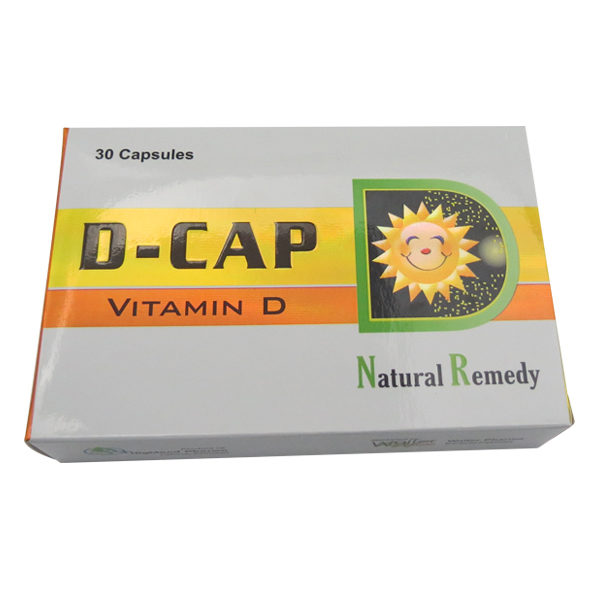
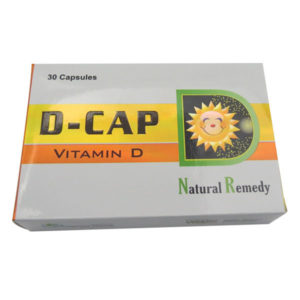
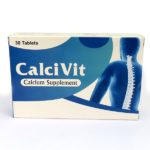
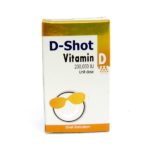



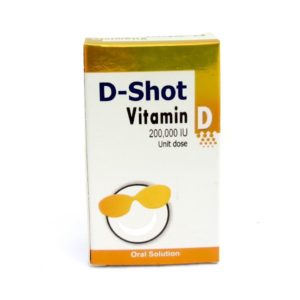
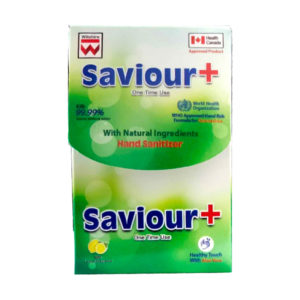
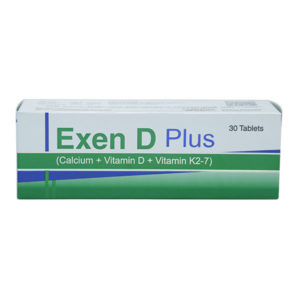
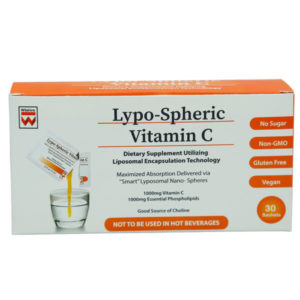
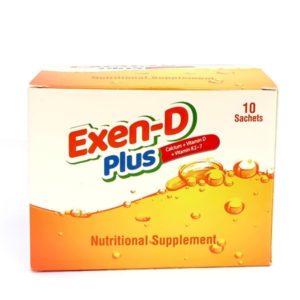
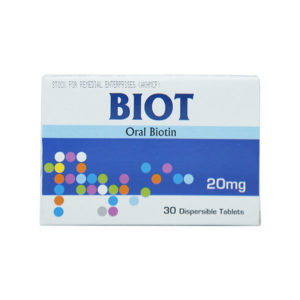
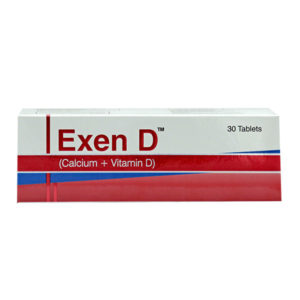
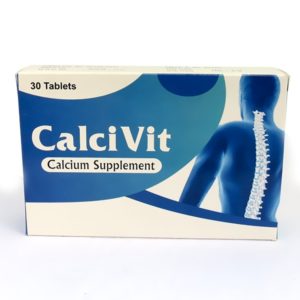

Reviews
There are no reviews yet.